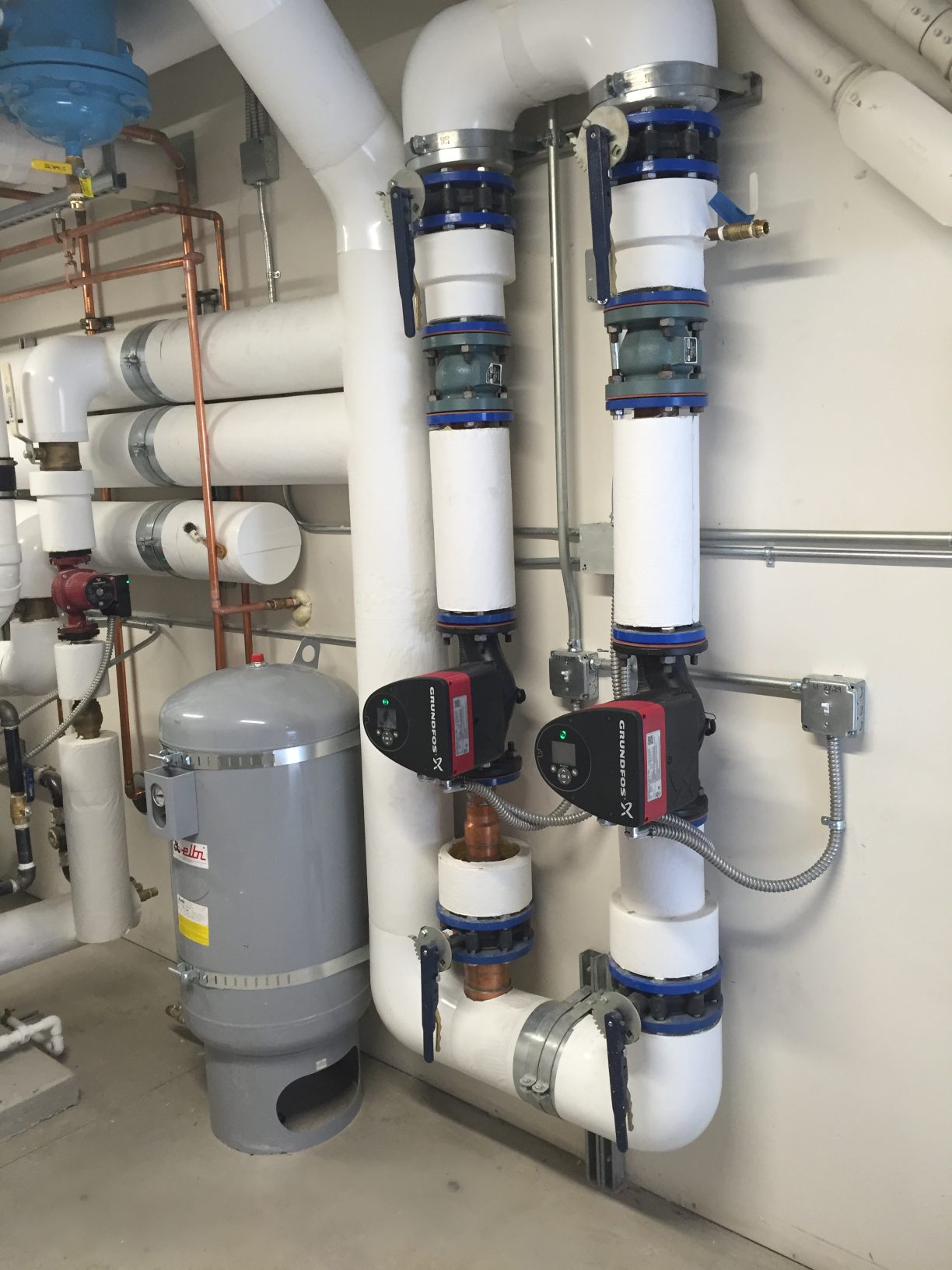One is Zero! Two is One! Say what?

What is Critical Equipment Math?
Mechanical and electrical HVAC and Plumbing equipment fails, and it is a matter of when not if, but when. For that reason, it is a designers job to help customers determine the number of pieces of equipment they need to minimize the impacts of these failures when they eventually occur.
Critical Equipment Math is selecting how many pieces of crucial HVAC and Plumbing equipment a customer needs and then sizing that equipment properly. At Efficient Mechanical Systems Engineering when we say, “One is Zero, and Two is One” this means that only having one piece of critical equipment is the same as having zero because when a failure happens the customer will be without; whereas when a customer has two pieces of critical equipment, a failure on one will not be as devastating as they can continue to operate with the second.
What factors go into Critical Equipment Math?
There are five key factors that the design should consider, including; customer sensitivity to failures, equipment complexity and parts availability, technician availability, budget, and space concerns when dealing with HVAC and Plumbing.
- Sensitivity to failures or outages can vary greatly for different customers, and it may even vary for different pieces of equipment. For example, a commercial customer may be ok with having one (1) water heater as the customers may only use the hot water for handwashing. However, that same customer may be completely shut down if they lose their one heating boiler in the dead of winter. At Efficient Mechanical Systems Engineering, we work with the customer to identify pain points and determine how many boilers, chillers, air handlers, water heaters, pumps, or air compressors they may need.
- Equipment complexity and parts availability also figures into Critical Equipment sizing and selection. For equipment that is easy to replace or get parts for, it is not necessary to have multiple pieces of equipment. But for equipment that is hard to get replacements and parts for, it is a great idea to have multiple units or at least spare parts on hand. For example, Variable Frequency Drives for Pumps and Fans often have extremely long lead times, so at Efficient Mechanical Systems Engineering we always design two or more VFDs into jobs where they are needed, and we always specify them with bypasses.
- Technician availability is also another factor that the designer should consider. Some equipment requires highly trained technicians and there may only be one or two technicians in the region that can work on the equipment. This can mean that when the equipment fails, the customer may be waiting a long time before a tech even looks at it. When this is the case, it is a clever idea to have multiple units to reduce the impact on the customer and property. Magnetic bearing centrifugal chillers are a prime example of a complex piece of equipment that requires a factory authorized technician. When Efficient Mechanical Systems Engineering designs magnetic bearing centrifugal chillers for a project, we always specify two or more chillers, and we also specify that annual maintenance by a factory technician should be built into the contractor’s price.
- Budget concerns will also vary from customer to customer. Some residential customers may not have the funds to install multiple boilers; whereas other customers may opt to spend the extra money and install multiple boilers to guarantee peace of mind. At Efficient Mechanical Systems Engineering, we help customers meet their budgets but still maintain backups by modularizing the design utilizing several smaller pieces of equipment rather than having full size backups. For example, we often design three pieces of equipment that are each sized for 50% of the load. That way if one unit goes down, the customer still has two units that will meet the load.
- Space is another factor that can come into play when selecting the number of pieces of equipment. The customer may want to utilize two or three units, with only room for one. When the customer runs into space constraints, stocking spare parts and having an emergency plan is crucial. At Efficient Mechanical Systems Engineering, we thoroughly review the space constraints and select the equipment that will fit the space best. On one such project for a casino in downtown Reno, we wanted to maximize redundancy by utilizing four (4) Boilers; however, the space constraints wouldn’t allow for the standard high-efficient boilers that we typically specified. We then did extensive research to find an alternate manufacturer that had four high-efficient boilers that would fit the space (Photo of final installed boilers is above).
In summary, it is important to select the proper number and sizes of critical HVAC and Plumbing equipment for each customer. And remember that One is Zero, and Two is one. Let Efficient Mechanical Systems Engineering help you size and select your critical HVAC or Plumbing equipment for your next project!
Contact us today for a free consultation for your next project!




